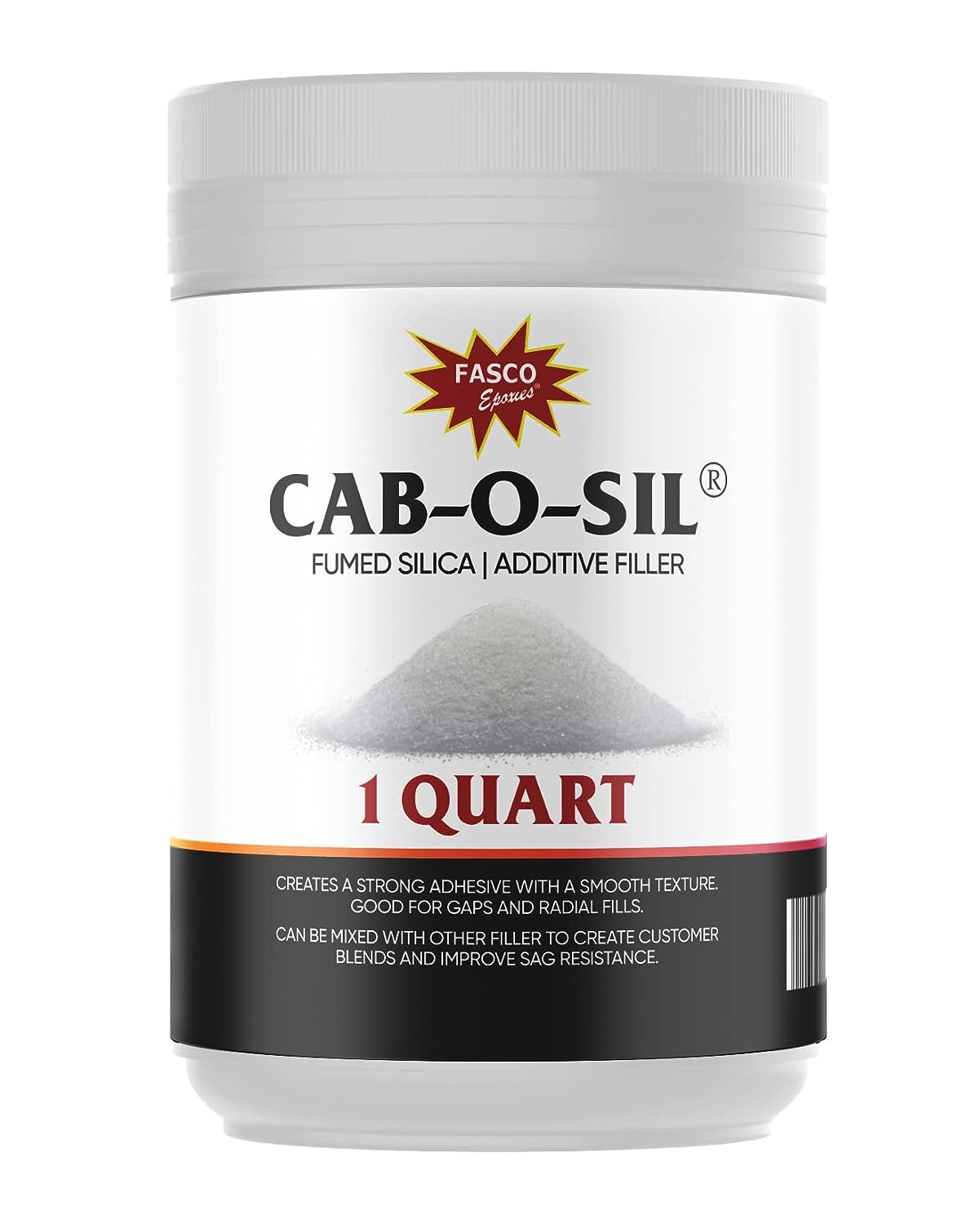DavidL
RVF VIP
- Joined
- May 8, 2021
- Messages
- 255
- Location
- Metamora, MI
- RV Year
- 2002
- RV Make
- Newmar
- RV Model
- MountainAire
- RV Length
- 4370
- Chassis
- Spartan K2
- Engine
- Cummins 500hp
- TOW/TOAD
- 2023 Corvette
- Fulltimer
- No
Without seeing the damage, that sounds more like a fiberglass cloth / resin repair. Duraglass is good to fill voids (like between the flare and the body). Fiberglass is better to larger gaps without adding much weight. You would need to put some wood / foam as a form for the wet glass until it hardens.Very good details. Thanks for the thorough response.
Your mention of "DuraGlass" (had to look it up) makes me want to add another question to this:
I have a hole on the side of the RV that needs patching. (I have so many questions about this RV, I'm having to trickle them on here). It's about 3" by over a foot in size.
So when I go to tackle that project, I'll need to purchase some product. Would "DuraGlass" be useful for that project also?












